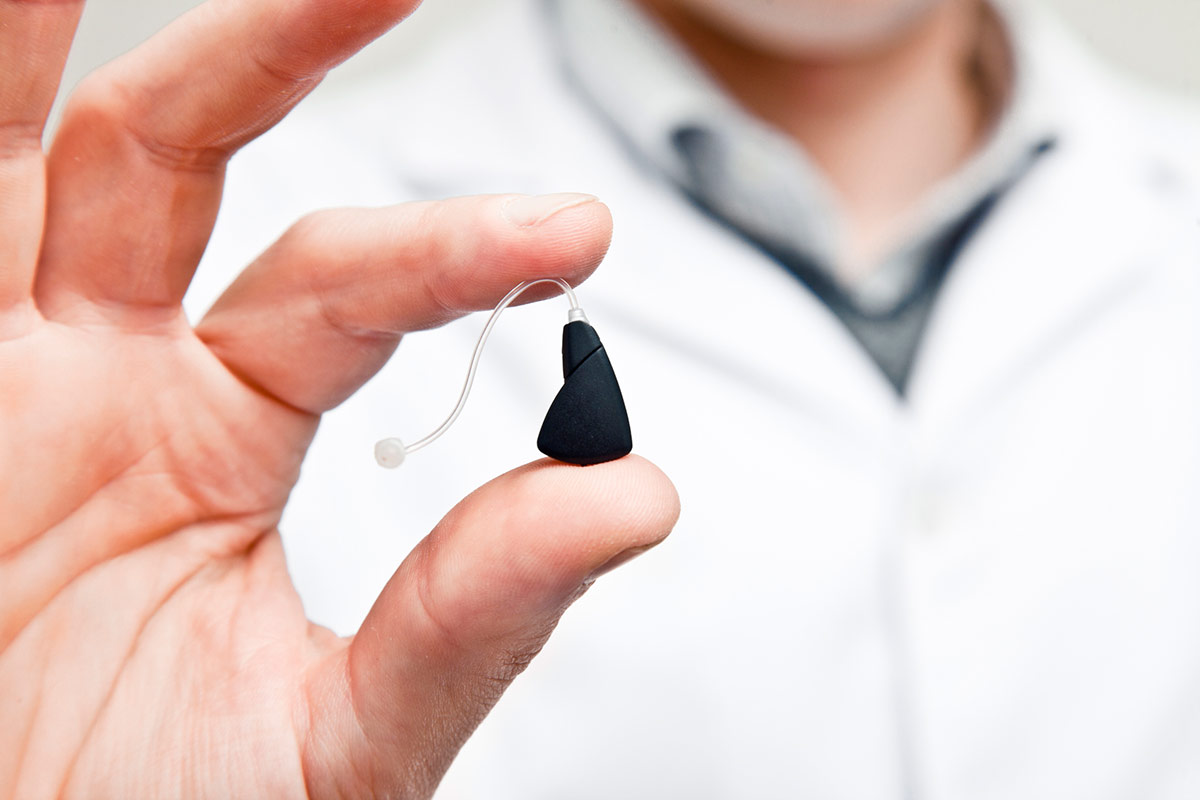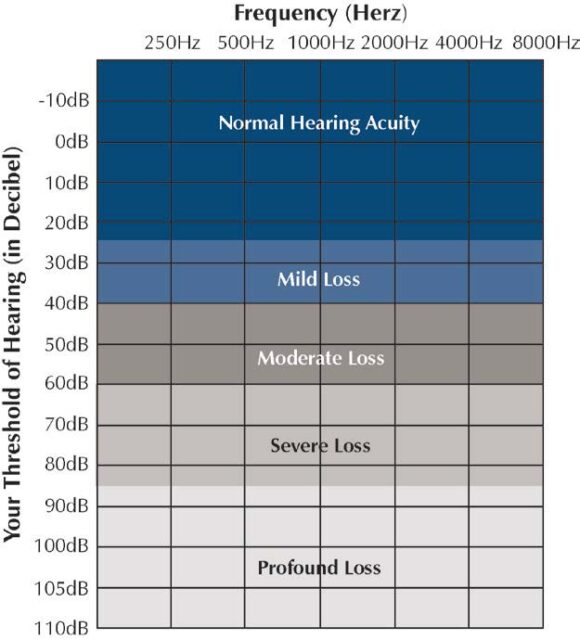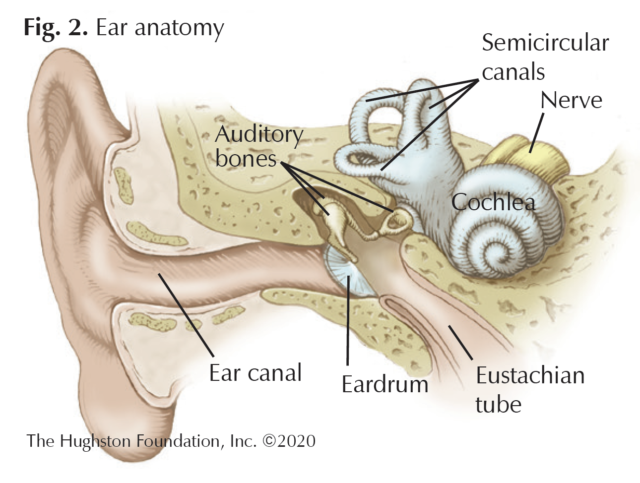
“I can hear you, but I don’t understand you,” this is probably the most frequent complaint patients with hearing loss describe. These patients often experience feelings of isolation, frustration, and embarrassment. In the United States, 1 in 8 people aged 12 years or older have hearing loss, but only about 13% seek assistance. Despite the low number of people who pursue treatment, some forms of hearing loss are medically correctable while others are successfully treated using an amplification device.
Testing
 Having an audiometric evaluation (hearing test) is the best way to know if you have a hearing loss and what type of loss you have. An audiologist (a trained medical professional who evaluates hearing) performs the test. Some audiologists have the credentials AuD listed after their name, which means that he or she holds a clinical doctorate degree in audiology. Once your test is complete, the audiologist will explain the result of your audiogram (a graph of your hearing test results) (Fig. 1). The audiogram indicates the thresholds, or the softest sounds, you can hear at each frequency or pitch. After the evaluation, your audiologist will refer you to a physician if needed or recommend a type of amplification that best fits your needs.
Having an audiometric evaluation (hearing test) is the best way to know if you have a hearing loss and what type of loss you have. An audiologist (a trained medical professional who evaluates hearing) performs the test. Some audiologists have the credentials AuD listed after their name, which means that he or she holds a clinical doctorate degree in audiology. Once your test is complete, the audiologist will explain the result of your audiogram (a graph of your hearing test results) (Fig. 1). The audiogram indicates the thresholds, or the softest sounds, you can hear at each frequency or pitch. After the evaluation, your audiologist will refer you to a physician if needed or recommend a type of amplification that best fits your needs.
Types of hearing loss
There are 3 kinds of hearing loss: conductive, sensorineural, and mixed. Conductive hearing loss can result from wax in the ear canal, ear infections, or holes in the eardrum and is usually medically correctable (Fig. 2). On the other hand, sensorineural hearing loss caused by damage to the ear’s sensory organ or nerves can arise from heredity, noise exposure, or age and is not medically correctable. Mixed hearing loss is a combination of both conductive and sensorineural loss. While reptiles and birds can regenerate parts of their sensory organs, humans unfortunately cannot. Therefore, patients who experience hearing loss that is sensorineural or mixed may benefit from hearing aids.

Types of hearing aids
Hearing aids come in an abundance of styles, shapes, and levels of technology. To figure out which is best for you, consult with an audiologist who is experienced in working with multiple hearing aid manufacturers and products (Fig. 3). Traditional, daily-wear hearing aids are small and fit in the ear canal or around the back of the ear and worn during the day. An audiologist can recommend which style works best for you, depending on the degree of hearing loss and your individual needs. Since hearing aids are little computers that manipulate the sounds going into your ear, you should have a good working relationship with your audiologist. This is especially true since hearing aids are tailored to each patient to provide the best possible results for hearing and understanding speech and they often need adjustments for optimal performance. Additionally, it is important to feel comfortable with your audiologist so you can openly discuss how the hearing aids sound or any problems you may have. The audiologist can then modify the programming of your hearing aids to fit your needs.

Extended-wear hearing aids are an option for patients who don’t want to take out their hearing aids each night. These devices fit deep into your ear canal and have the added convenience of no batteries to change or cleaning requirements. These disposable devices stay in your ears for approximately 2 months before your audiologist removes and replaces them.
Sometimes hearing aids are not enough. When the hearing loss is so significant that the hearing aids are not providing any benefit, then cochlear implants may be your best option. A cochlear implant is a 2-part system: a physician surgically inserts the internal part into the hearing organ and you wear the external part over the ear. The internal part includes several small electrodes that stimulate the hearing nerve directly. The cochlear implant doesn’t amplify sounds like traditional hearing aids; instead, it converts sounds to electrical impulses which the brain is able to interpret.
Furthermore, technological advances in the field of audiology have grown tremendously during the past 10 years. Hearing aid products today are rechargeable, offer faster and more sophisticated computer processing, can connect and stream with cell phones, and can sense health information, such as detecting falls and monitoring your body activity.
Where do I begin?
If you suspect that you may have some hearing loss, begin by contacting an audiologist. A comprehensive evaluation is the first step to solving your problem. The hearing test only takes about 15 minutes and most insurance companies cover the cost of the test.
Author: Jamie Howard, AuD | Columbus, Georgia
Last edited on July 27, 2022